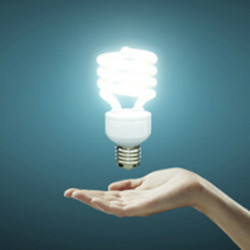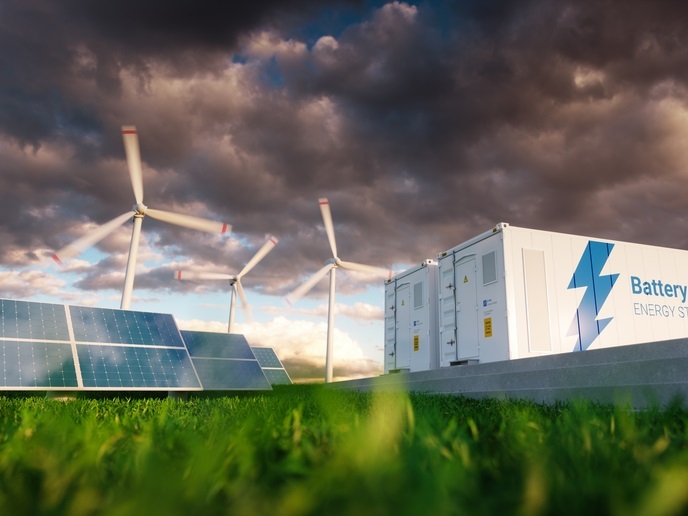New techniques for cost-effective recycling of lamps
Compact fluorescent lights have received much hype for their energy efficiency in recent years – however, they contain toxic mercury. Within RELIGHT(opens in new window) (Sustainable recycling of lighting products), researchers delivered a step-change technology for recycling such lamps and recovering the mercury as well as the glass, plastic and phosphor powder they contain. Current methods of recovering mercury from lighting products typically involve heating often combined with reduced pressure and then washing material fractions with different liquids. Researchers developed a more energy-efficient heating method that eliminates use of wet chemistry and significantly reduces plant operation costs, without also creating additional waste streams. The team thus successfully developed a microwave unit that raises the temperature of glass waste and phosphor powder up to 500 °C, thereby vaporising the mercury inside. Appropriate condensers and filters collect mercury outside the microwave cavity. Rather than relying on slow heat transfer processes, microwave technology rapidly heats the waste stream. Good system design assures that heat is uniformly distributed, providing a high level of mercury decontamination. This cost-efficient, low-throughput technology that can recover mercury from phosphor powder results in a non-hazardous powder that can be reused. Phosphor powder contains a number of valuable rare earth metals. Therefore, the RELIGHT process should better prepare the powder for sale to recovery facilities, enabling SMEs to receive a better price. Another achievement was the successful development of a compact crusher to efficiently separate glass and plastic. Researchers finally produced a tuneable rolling mill to break the bulb base, releasing the printed circuit board and the metal parts from the plastic. In addition, they separated other metal-containing parts from the plastic using a tailor-made vibration table connected to the rolling mill set-up. RELIGHT advancements will help ensure adherence to the requirements of the European Commission Directive on waste electrical and electronic equipment and remove the growing volume of compact fluorescent lights from the European waste stream. The project outcomes also provide a significant business opportunity for participating SMEs as the potential global market for the technology is enormous.







